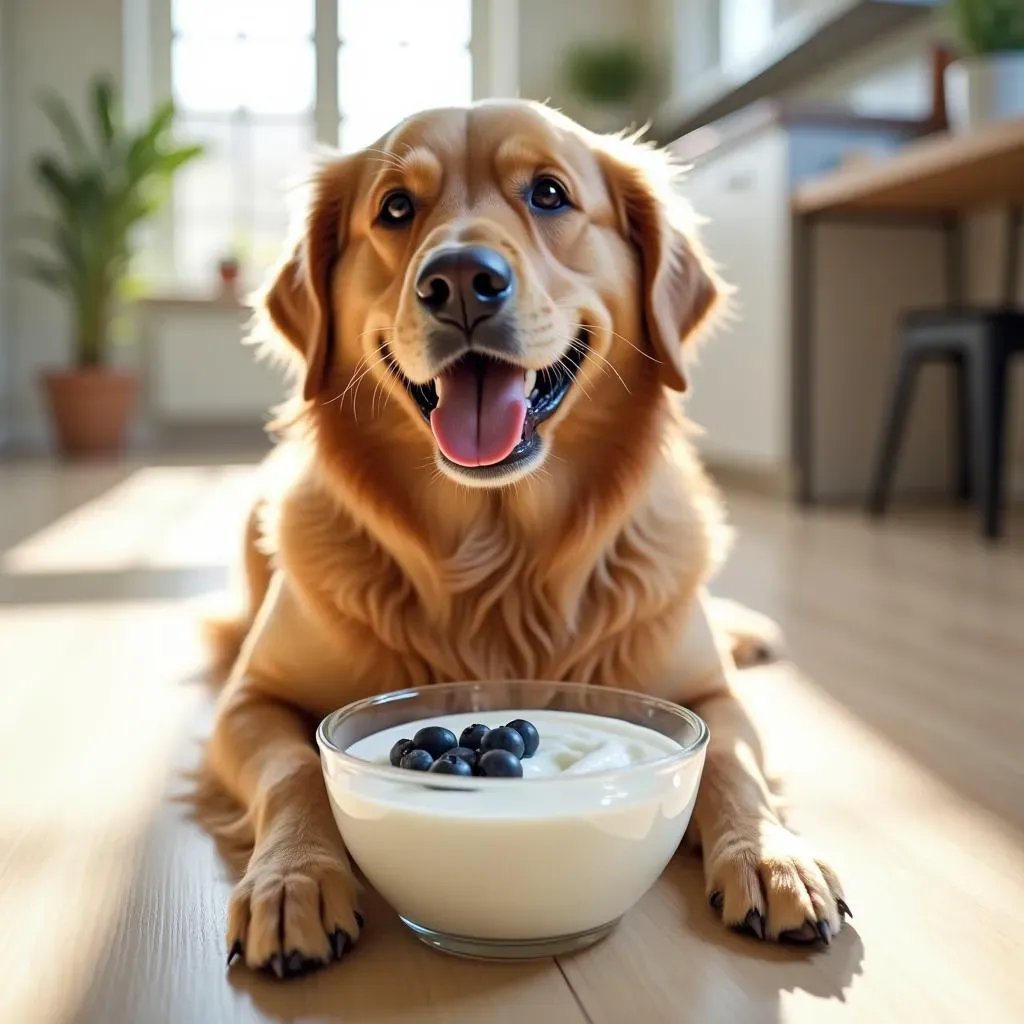Table of Contents
Thinking about sharing your yogurt with your furry pal? You're not alone. Many dog owners wonder if low fat yogurt for dogs is a healthy treat or a recipe for disaster. Yogurt can be a tasty and potentially beneficial snack for your canine companion, but it's not as simple as grabbing any container from the fridge. This article dives deep into the world of low fat yogurt for dogs, separating fact from fiction, and guiding you through everything you need to know. We'll explore the potential health benefits, like improved digestion and boosted immunity, and uncover the risks, such as lactose intolerance and added sugars. You'll learn how to choose the right type of yogurt, understand appropriate portion sizes, and even discover some fun and easy DIY yogurt treat recipes. So, before you spoon-feed your pup that next dollop, stick around and get the lowdown on low fat yogurt for dogs – ensuring you're making the best and safest choices for your beloved pet.
Is Low Fat Yogurt Good for Dogs? Understanding the Benefits
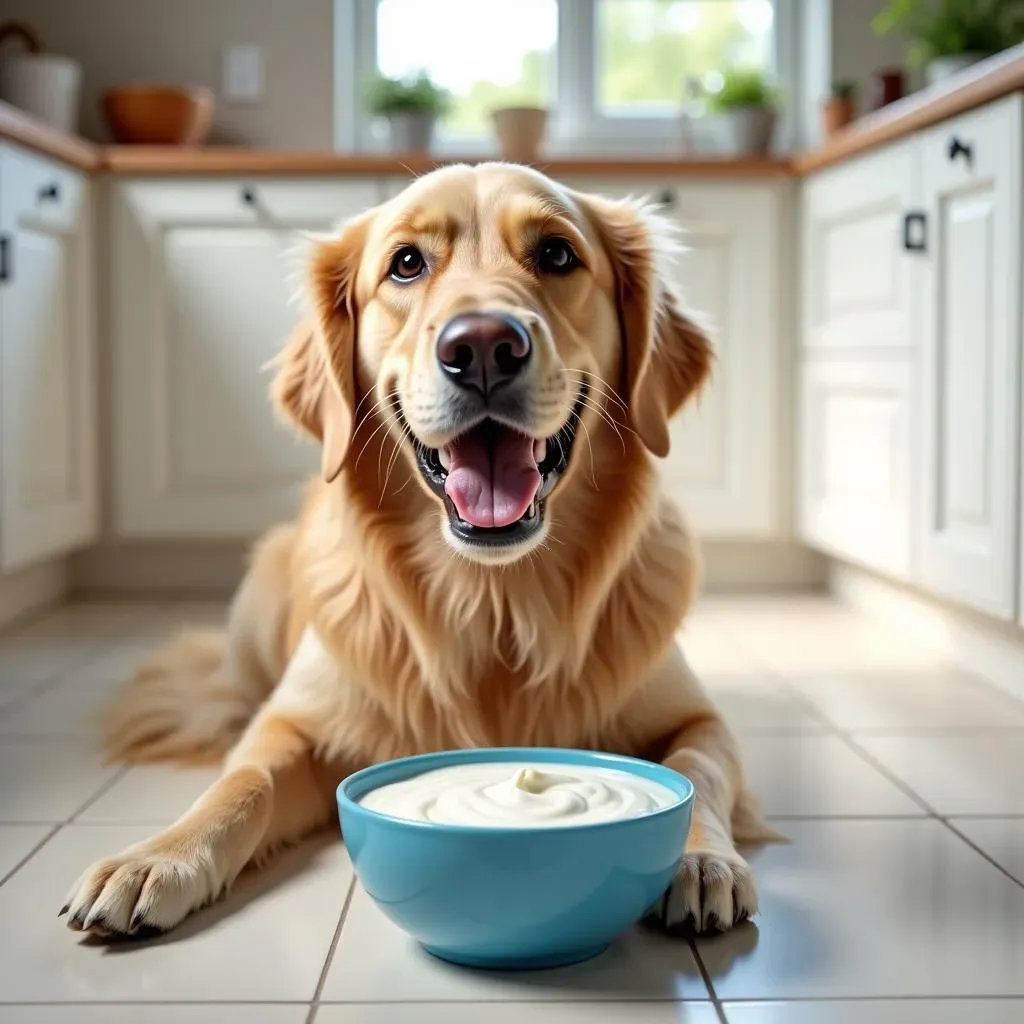
Is Low Fat Yogurt Good for Dogs? Understanding the Benefits
So, you're wondering if low fat yogurt is a thumbs-up or a thumbs-down for your furry friend? Well, buckle up, because it's a bit of both! The good news is that yogurt, especially the low fat variety, can offer some paw-some benefits for dogs. We're talking about probiotics, those friendly bacteria that can work wonders for your dog's gut health. These probiotics can aid digestion, boost their immune system, and even help with issues like diarrhea or constipation. Plus, yogurt is a good source of calcium and protein, essential for strong bones and muscles. But – and this is a big but – not all yogurts are created equal, and some can actually do more harm than good. Let's dig into the details so you can make an informed decision for your canine companion.
Benefit | Description |
|---|---|
Probiotics | Aids digestion, supports immune system. |
Calcium | Essential for strong bones and teeth. |
Protein | Supports muscle development and repair. |
Choosing the Best Low Fat Yogurt for Your Dog: What to Look For
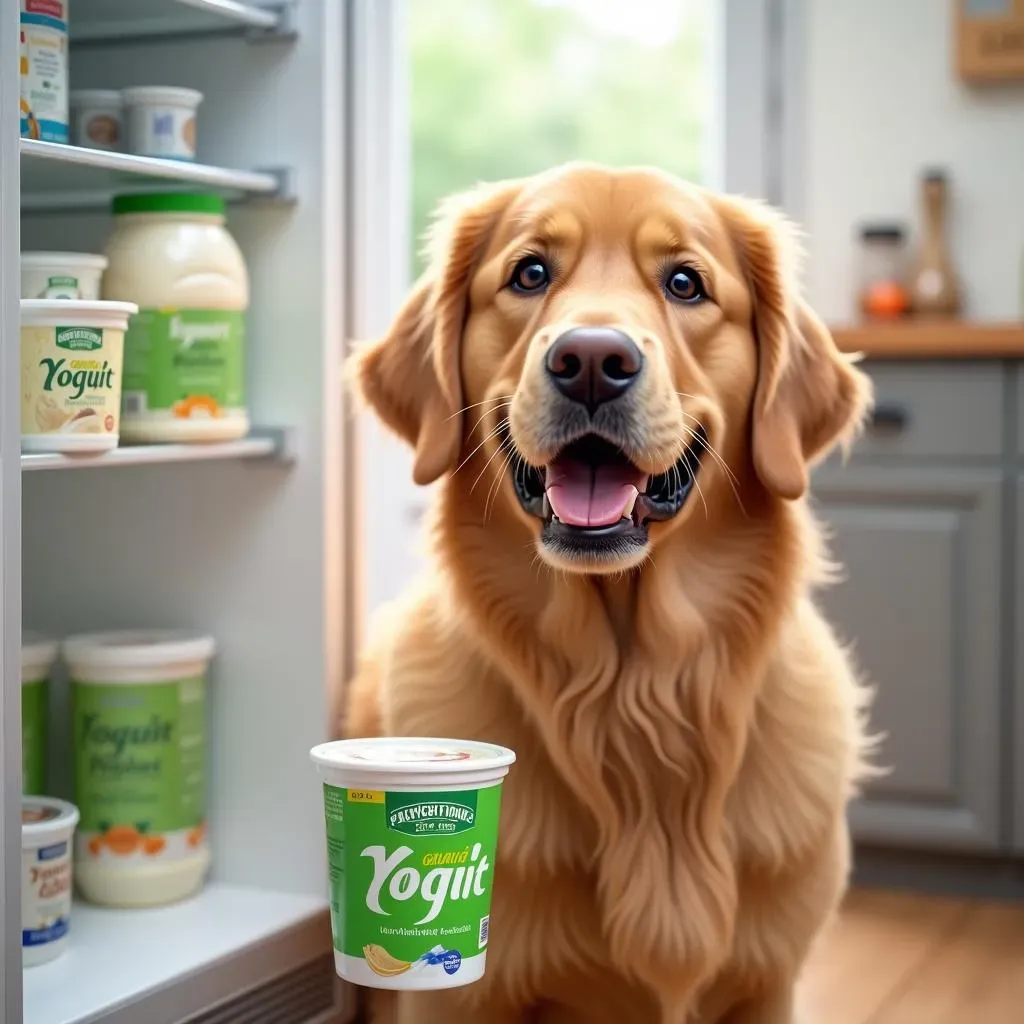
Choosing the Best Low Fat Yogurt for Your Dog: What to Look For
Decoding the Label: What to Avoid
Alright, so you're standing in the yogurt aisle, ready to make a smart choice for your pup. First things first: become a label detective! The biggest culprits to watch out for are added sugars and artificial sweeteners. Many yogurts are loaded with these sneaky ingredients to make them more palatable to humans, but they can wreak havoc on your dog's digestive system and contribute to weight gain. Xylitol, in particular, is a big NO-NO – it's extremely toxic to dogs. Also, steer clear of yogurts with artificial colors, flavors, or preservatives. Keep it as natural as possible!
Next, check the ingredient list for any potential allergens or sensitivities your dog might have. Dairy can be a problem for some dogs, so even low fat yogurt might not be the best choice if your dog is lactose intolerant. If you're unsure, start with a small amount and monitor your dog for any signs of digestive upset, like gas, diarrhea, or vomiting.
- Avoid: Added sugars (especially xylitol), artificial sweeteners, artificial colors, flavors, and preservatives.
- Check For: Potential allergens (dairy, etc.).
The Gold Standard: Plain, Unsweetened, and Probiotic-Rich
Now, let's talk about what you *should* be looking for. The ideal low fat yogurt for dogs is plain, unsweetened, and contains live and active cultures. These cultures are the probiotics we talked about earlier, and they're the key to those gut-boosting benefits. Look for yogurts that specifically list the strains of bacteria, such as Lactobacillus or Bifidobacterium. Greek yogurt is often a good choice because it's strained to remove excess whey, making it lower in lactose and higher in protein than regular yogurt. However, always double-check the label to ensure it's plain and unsweetened!
Organic options are also a plus, as they're less likely to contain pesticides or other harmful chemicals. Ultimately, the best low fat yogurt for dogs is the one that's closest to its natural state, with minimal processing and no added junk. Your dog's tummy will thank you for it!
Feature | Why It Matters |
|---|---|
Plain & Unsweetened | Avoids added sugars and artificial sweeteners, which are harmful to dogs. |
Live & Active Cultures | Provides beneficial probiotics for gut health. |
Organic (Optional) | Minimizes exposure to pesticides and chemicals. |
How Much Low Fat Yogurt Can Dogs Eat? Portion Sizes and Guidelines
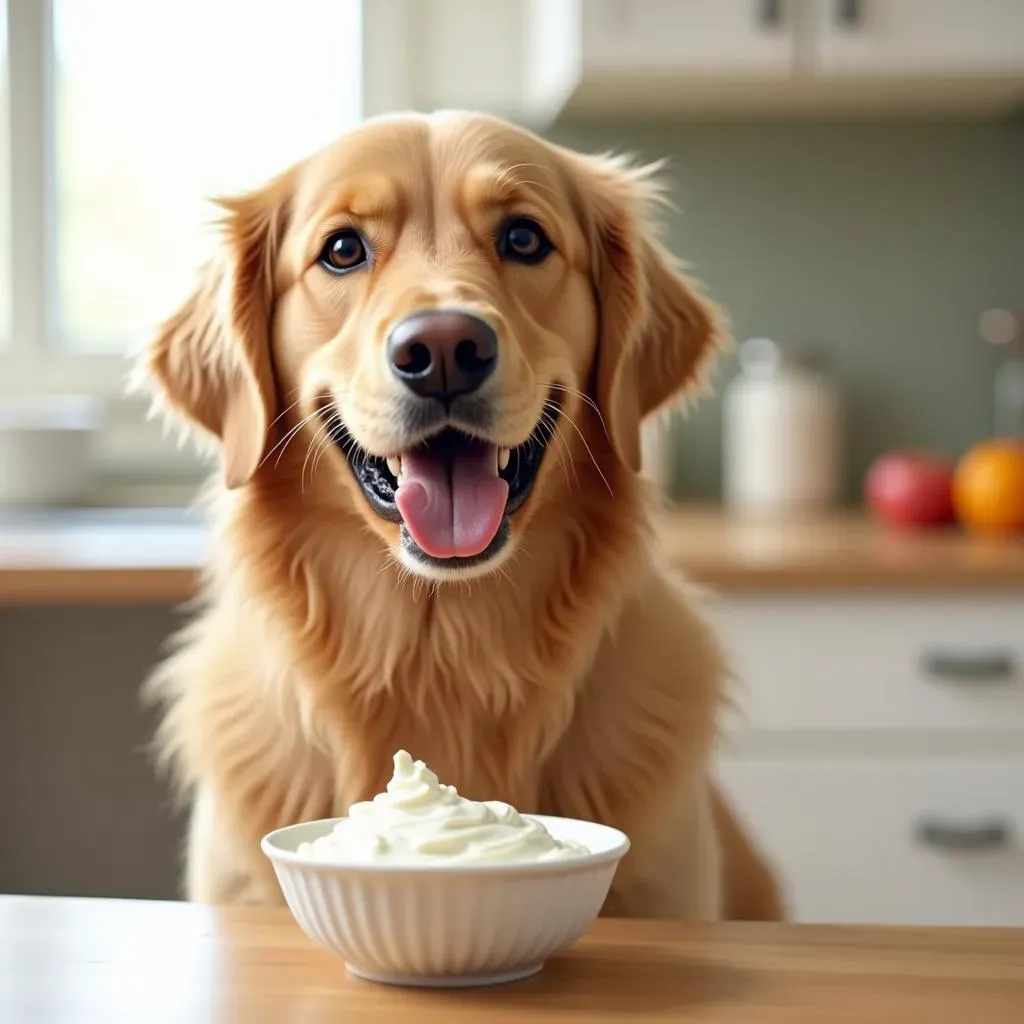
How Much Low Fat Yogurt Can Dogs Eat? Portion Sizes and Guidelines
The Golden Rule: Moderation is Key
Alright, let's get down to brass tacks: how much low fat yogurt can your dog actually eat? The golden rule here is moderation. Yogurt should be considered a treat, not a meal replacement. Think of it like that occasional ice cream cone for yourself – enjoyable in small doses, but not something you'd want to live on. A general guideline is to stick to about 1-2 tablespoons of low fat yogurt for dogs per day for small dogs, and 2-3 tablespoons for larger breeds. However, this isn't a one-size-fits-all answer, and several factors can influence the ideal portion size.
Consider your dog's size, age, activity level, and overall health. A tiny chihuahua isn't going to need as much yogurt as a hefty Great Dane. Puppies, with their developing digestive systems, might be more sensitive to dairy, so start with an even smaller amount. And if your dog is already overweight, you'll want to be extra mindful of portion sizes to avoid contributing to weight gain. When in doubt, a quick chat with your veterinarian can provide personalized recommendations based on your dog's specific needs.
Listen to Your Dog: Signs of Overindulgence
Even if you're following the general portion guidelines, it's crucial to pay attention to your dog's reaction to low fat yogurt. Every dog is different, and some may be more sensitive to dairy than others. Keep an eye out for any signs of digestive upset, such as increased gas, loose stools, diarrhea, or vomiting. These symptoms could indicate that your dog is lactose intolerant or simply had too much yogurt. If you notice any of these signs, scale back the portion size or discontinue yogurt altogether. Remember, your dog can't tell you exactly how they're feeling, so it's up to you to be observant and responsive to their needs.
It's also a good idea to introduce yogurt gradually. Start with a very small amount – maybe just a teaspoon – and see how your dog tolerates it. If they seem to be doing well, you can slowly increase the portion size over a few days. This allows their digestive system to adjust and reduces the risk of any adverse reactions. Think of it like introducing a new food to a baby – slow and steady wins the race!
Sign | Possible Cause | Action |
|---|---|---|
Increased Gas | Lactose intolerance, overconsumption | Reduce portion size or discontinue yogurt |
Loose Stools/Diarrhea | Lactose intolerance, overconsumption, bacterial imbalance | Discontinue yogurt and consult vet if symptoms persist |
Vomiting | Lactose intolerance, overconsumption, allergy | Discontinue yogurt and consult vet |
Potential Risks of Feeding Low Fat Yogurt to Dogs: What to Watch Out For
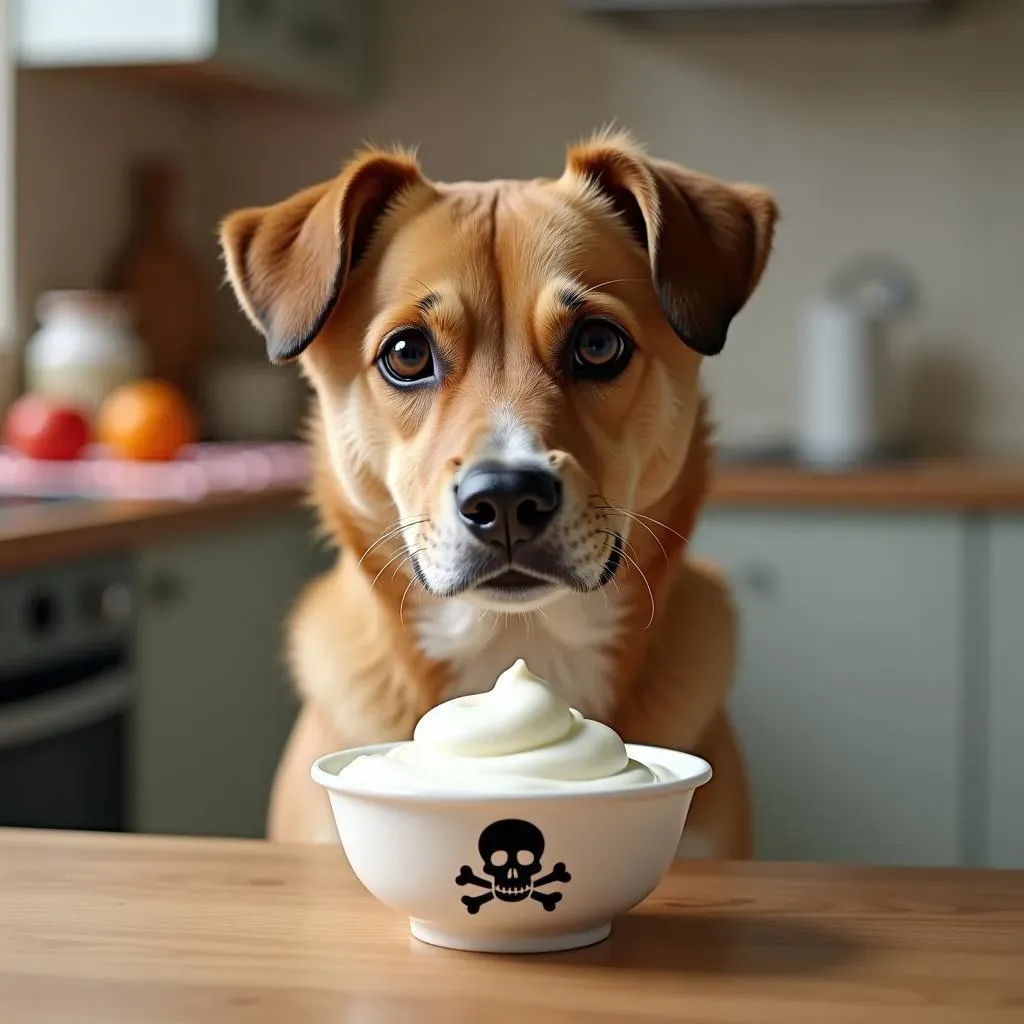
Potential Risks of Feeding Low Fat Yogurt to Dogs: What to Watch Out For
The Lactose Labyrinth: Decoding Dairy Digestion
Alright, let's tackle the big one: lactose. Just like some humans, many dogs are lactose intolerant to some degree. This means they have difficulty digesting lactose, the sugar found in dairy products. While low fat yogurt typically has less lactose than regular milk, it can still be a problem for sensitive pups. When a dog can't properly digest lactose, it ferments in their gut, leading to gas, bloating, diarrhea, and general discomfort. Not a pretty picture, right? The severity of lactose intolerance varies from dog to dog, so it's essential to be aware of the potential risks and monitor your dog closely after they consume yogurt.
It's also worth noting that some dogs develop lactose intolerance as they get older. Puppies produce an enzyme called lactase, which helps them break down lactose in their mother's milk. However, as they mature, their lactase production often decreases, making them less able to digest dairy products. So, even if your dog enjoyed yogurt as a puppy, they might develop sensitivity later in life. Keep an eye out for any changes in their digestive health and adjust their diet accordingly. Your furry friend will thank you for it!
Hidden Nasties: Sweeteners and Additives
Beyond lactose, there's a whole host of other potential risks lurking in that seemingly innocent container of low fat yogurt. As we discussed earlier, added sugars and artificial sweeteners are a major concern. Xylitol, in particular, is a death sentence for dogs. Even small amounts can cause a rapid drop in blood sugar, leading to seizures, liver failure, and even death. It's absolutely crucial to read the ingredient list carefully and ensure that the yogurt is completely free of xylitol. Other artificial sweeteners, while not as toxic as xylitol, can still cause digestive upset and should be avoided.
Artificial colors, flavors, and preservatives are also best avoided. These additives offer no nutritional value and can potentially trigger allergic reactions or sensitivities in some dogs. Look for yogurts with short, simple ingredient lists that you can easily understand. The fewer ingredients, the better! Ultimately, you want to choose a yogurt that's as close to its natural state as possible, minimizing the risk of any harmful additives. Your dog's health is worth the extra effort of reading those labels!
Risk Factor | Potential Consequences | How to Mitigate |
|---|---|---|
Lactose | Gas, bloating, diarrhea | Choose low-lactose options (Greek yogurt), start with small amounts, monitor for symptoms |
Xylitol | Rapid drop in blood sugar, seizures, liver failure, death | Absolutely avoid any yogurt containing xylitol |
Artificial Sweeteners | Digestive upset | Choose plain, unsweetened yogurt |
Artificial Colors/Flavors/Preservatives | Allergic reactions, sensitivities | Choose yogurt with short, simple ingredient list |
DIY Low Fat Yogurt Treats for Dogs: Recipes and Ideas
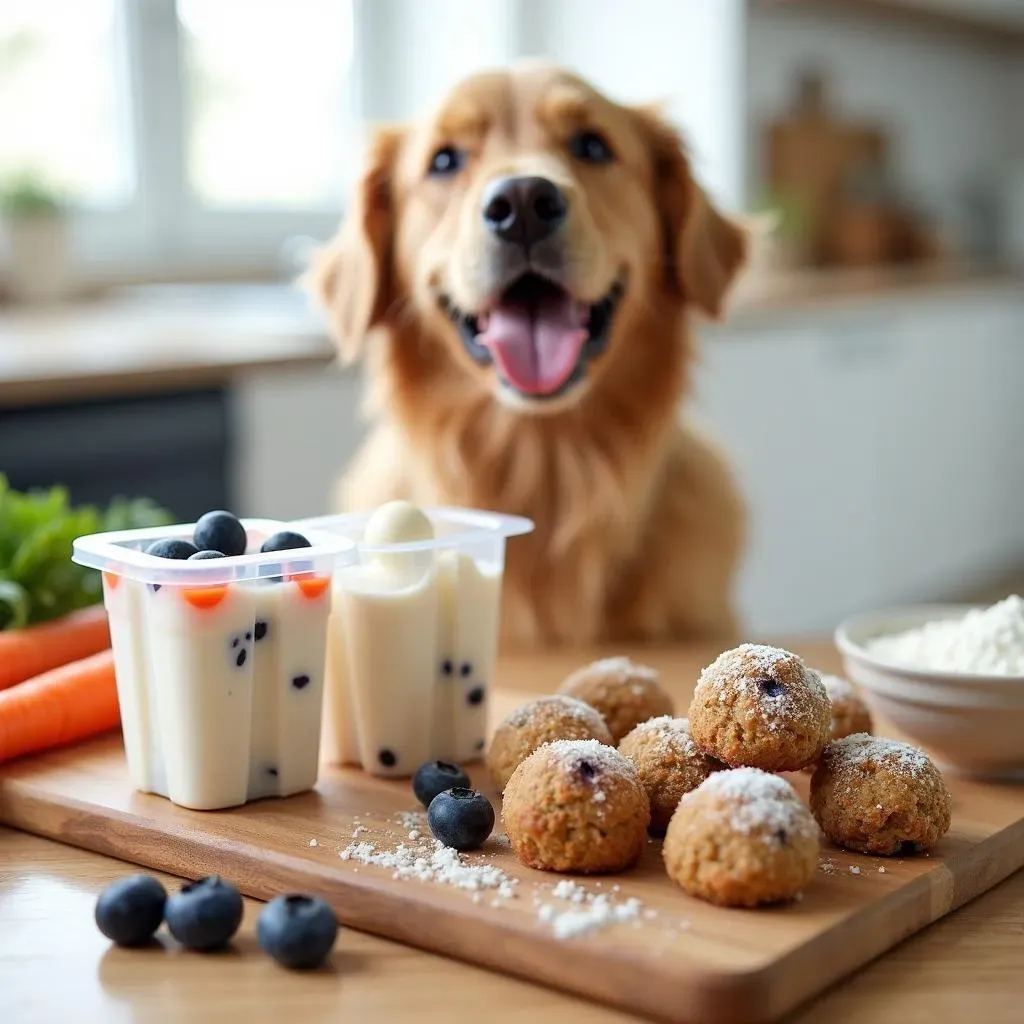
DIY Low Fat Yogurt Treats for Dogs: Recipes and Ideas
Frozen Yogurt Pupsicles: A Cool Treat
let's get to the fun part: making your own low fat yogurt treats for your furry friend! One of the easiest and most popular options is frozen yogurt pupsicles. These are perfect for hot summer days or anytime your dog deserves a refreshing reward. The beauty of pupsicles is that you can customize them with all sorts of healthy ingredients that your dog loves. We're talking fruits, veggies, and even a little bit of peanut butter (make sure it's xylitol-free, of course!). The possibilities are endless, and your dog will go crazy for them.
To make these frozen delights, simply mix your low fat yogurt with your chosen ingredients, pour the mixture into ice cube trays or silicone molds, and freeze for a few hours until solid. You can use bone-shaped molds for an extra touch of cuteness! Some popular combinations include yogurt with blueberries, bananas, carrots, or a swirl of peanut butter. Get creative and experiment to find your dog's favorite flavors. Just remember to keep the portions small and adjust for your dog's size and dietary needs.
- Base: Plain, unsweetened low fat yogurt
- Fruits: Blueberries, bananas, strawberries, raspberries (in moderation)
- Veggies: Carrots, spinach (finely chopped), pumpkin puree
- Protein: Small amount of xylitol-free peanut butter, cooked chicken (shredded)
Baked Yogurt Bites: A Crunchy Delight
If you're looking for a treat with a little more crunch, baked yogurt bites are the way to go. These are similar to dog biscuits, but with the added benefits of low fat yogurt and probiotics. The baking process helps to create a firm texture that's satisfying for your dog to chew on, and you can easily customize the recipe to suit their preferences. Plus, making your own baked treats allows you to control the ingredients and avoid any unwanted additives or preservatives.
To make baked yogurt bites, combine your low fat yogurt with other healthy ingredients like whole wheat flour, oats, or even sweet potato puree. You can also add a touch of honey for sweetness (in moderation!) or some shredded cheese for extra flavor. Mix everything together until it forms a dough, then roll it out and cut it into bite-sized shapes. Bake in the oven at a low temperature until the bites are firm and slightly golden brown. Let them cool completely before serving to your eager pup. These baked treats are a great way to reward good behavior or simply show your dog some love!
Ingredient | Purpose | Notes |
|---|---|---|
Low Fat Yogurt | Provides probiotics and moisture | Plain, unsweetened |
Whole Wheat Flour/Oats | Provides texture and fiber | Use in moderation |
Sweet Potato Puree | Adds flavor and nutrients | Unsweetened |
Honey | Adds sweetness (optional) | Use sparingly |
Shredded Cheese | Adds flavor (optional) | Use low-fat cheese |
Conclusion: Yogurt - A Yummy and Safe Treat for Your Dog?
So, can low fat yogurt for dogs be a good thing? The answer is a conditional yes. When chosen carefully and served in moderation, low fat yogurt for dogs can offer some nutritional perks. However, it's crucial to be aware of potential risks and to prioritize your dog's individual needs and sensitivities. Always opt for plain, unsweetened varieties with live and active cultures, and introduce yogurt slowly into your dog's diet. If you notice any adverse reactions, consult with your veterinarian. By following these guidelines, you can confidently decide if low fat yogurt for dogs is a suitable and enjoyable addition to their treat rotation.
